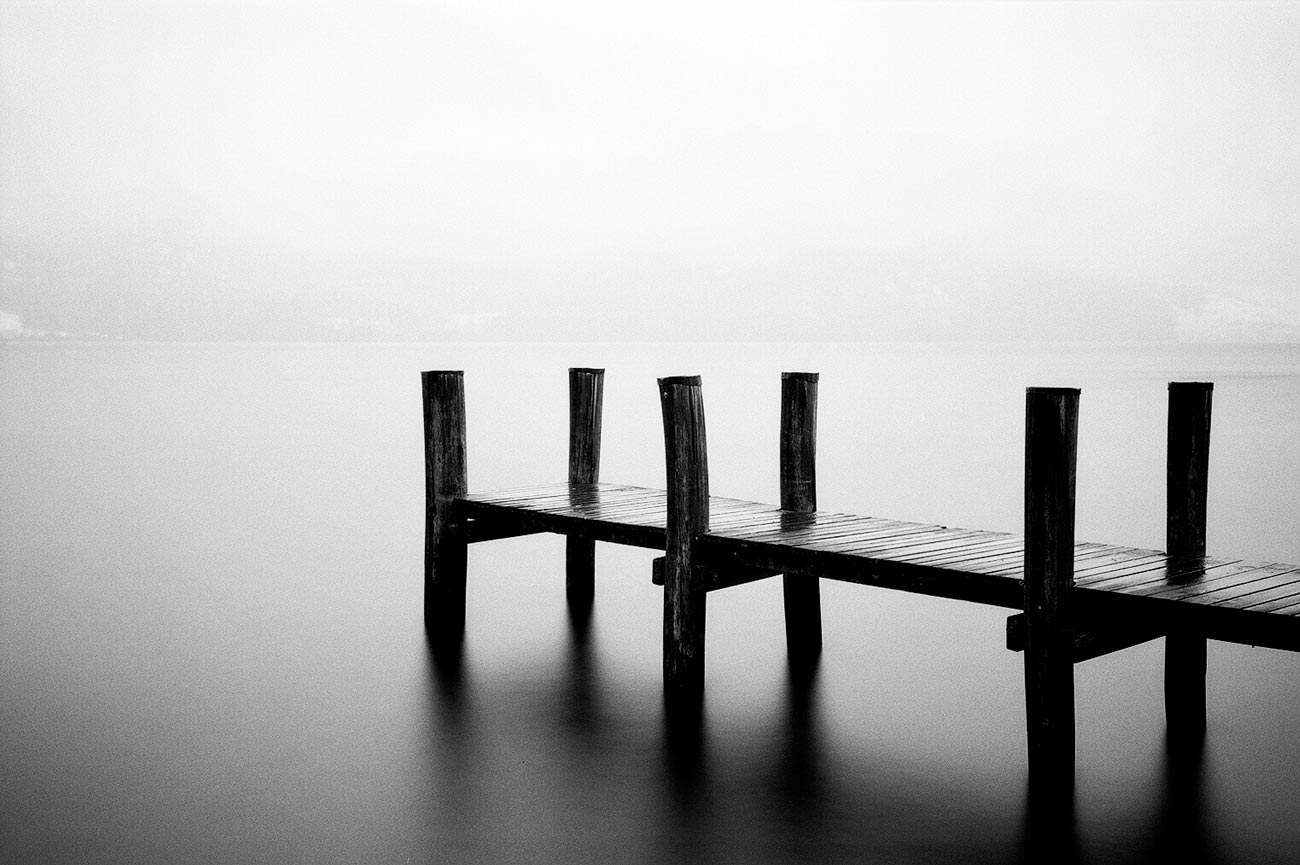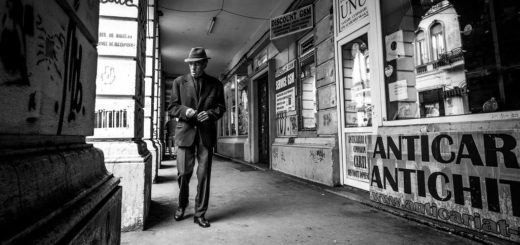Photographic Paper Finishes

Photo by Ric Capucho. Licensed under CC BY 2.0
Photographic papers for printing film in the darkroom come with a few different finishes ranging from matte finish (no shine) to glossy finish (high shine) and various low-luster finishes in between. It should also be noted that matte and glossy finishes vary dependent on the paper brand and type. For instance, resin-coated (RC) paper will always have some level of shine due to the coating whereas fiber paper will not. A simple comparison of both papers in glossy or matte will reveal their differences immediately – so you must understand that there is no universal matte or glossy finish. It is not uncommon for photographers to prefer a glossy fiber paper and a matte RC paper, or vice versa.
Glossy Paper
Glossy finish paper appears rich in tones, contrast, and sharpness. Colors are often brighter and blacks are often deeper because of the high level of shine. The downfall of glossy prints is that glare is produced when viewed in a well-lit room. This can be further complicated by adding glass when framing the print, although you can also purchase matte finish glass to help subdue the glare. Furthermore, glossy prints are more susceptible to fingerprints and scratches and the finish can be removed or scratched off if handled improperly.
Matte Paper
Matte finish photographic paper is often considered more dull, subdued, and hazy. Colors are rarely as rich or full as glossy finish prints and black and white prints may seem more gray toned. Matte finish produces no glare on the paper and can be enhanced with glass when framed. While it can be damaged from being mishandled, the natural base of matte paper is less susceptible to scratches in the surface and fingerprints are minimal.
Low-Luster Paper
The low-luster papers in between matte and glossy are known by many names: semi-gloss, satin, pearl, and simply low-luster. While each of these papers offer mid-level shine, the differences are still noticeable. The best bet for beginner photographer interested in low-luster papers is to buy each variety in packs of 10 or 25 and print the same image on each to compare the differences. Some specialty art and photography stores may also have a booklet of papers for you to view prior to buying, but it always helps to see how they look with an image printed on them.
When it comes down to it, the finish of the paper you use is completely up to you. There are reasons to use each paper but it truly comes down to the preference of the photographer.

















